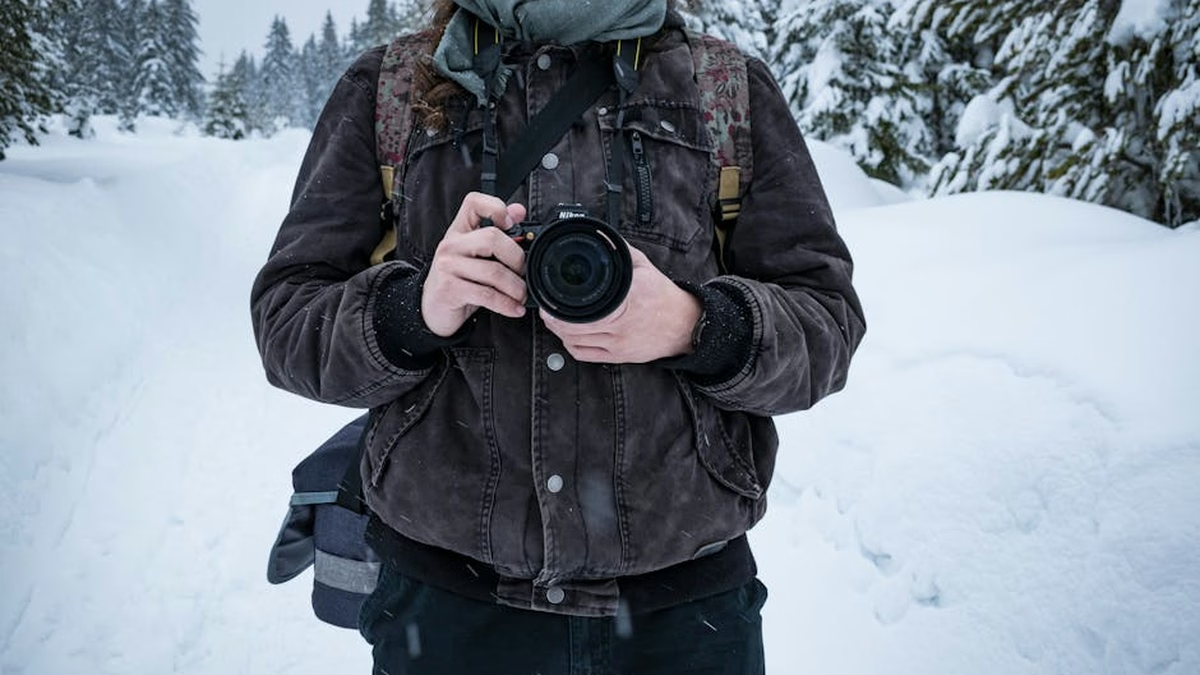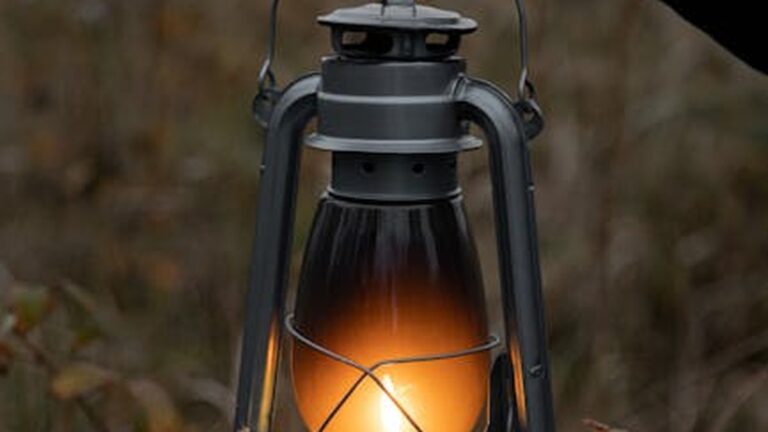Winter Running Guide: Gear & Safety
Winter running might seem daunting, but with the right preparation and mindset, it can be an incredibly rewarding experience. Imagine the crisp air, the quiet solitude, and the sense of accomplishment after conquering the elements. This guide provides you with everything you need to know to make your winter running adventures safe, enjoyable, and effective. We’ll cover essential gear, safety precautions, and strategies to maintain your motivation when the temperatures drop.
Essential Winter Running Gear
Having the right gear is paramount for safe winter running. It’s not just about staying warm; it’s about staying dry, visible, and protected from the elements.
Clothing: Layering is Key
Layering allows you to adapt to changing temperatures and exertion levels. Here’s a breakdown:
- Base Layer: Choose moisture-wicking fabrics like merino wool or synthetic materials. Avoid cotton, which absorbs sweat and can make you feel cold.
- Mid-Layer: Fleece or a lightweight insulated jacket provides warmth. Adjust the thickness based on the temperature.
- Outer Layer: A windproof and water-resistant jacket is crucial for protecting you from the elements. Look for breathable fabrics to prevent overheating.
Footwear: Traction and Warmth
Your regular running shoes might not cut it in icy or snowy conditions. Consider these options:
- Trail Running Shoes: Offer better traction than road running shoes.
- Winter Running Shoes: Specifically designed for cold weather, often with waterproof membranes and aggressive outsoles.
- Traction Devices: Add-ons like Yaktrax or microspikes provide enhanced grip on ice and snow.
- Warm Socks: Wool or synthetic socks will keep your feet warm and dry.
Accessories: Protecting Extremities
Don’t underestimate the importance of protecting your extremities:
- Gloves or Mittens: Mittens tend to be warmer than gloves. Consider layered gloves for extreme cold.
- Hat or Headband: A significant amount of heat is lost through your head.
- Neck Gaiter or Scarf: Protects your neck and face from wind and cold. Can be pulled up over your mouth and nose for added warmth.
- Sunglasses or Goggles: Protect your eyes from glare and wind.
Safe Winter Running Practices
Safety is paramount when running in cold weather. Taking precautions can prevent injuries and ensure an enjoyable experience.
Plan Your Route and Check the Weather
Before heading out, check the weather forecast and plan your route accordingly. Avoid icy patches and areas with heavy snow. Consider running on well-lit paths, especially in the early morning or evening.
Be Visible
Visibility is crucial, especially during dawn, dusk, or when it’s snowing. Wear bright, reflective clothing and consider using a headlamp or running light.
Warm-Up Properly
Cold muscles are more prone to injury. Spend extra time warming up before your run. Include dynamic stretches like leg swings and arm circles.
Hydrate and Fuel
Even in cold weather, you still need to hydrate. Drink water or a sports drink before, during, and after your run. Carry energy gels or chews to maintain your energy levels.
Listen to Your Body
Pay attention to your body and don’t push yourself too hard. If you feel pain, stop running. If you start to feel cold or numb, seek shelter.
Hypothermia and Frostbite Awareness
Be aware of the signs and symptoms of hypothermia (shivering, confusion, slurred speech) and frostbite (numbness, pale skin). If you suspect either condition, seek medical attention immediately.
Case Study: A study published in the Journal of Applied Physiology found that even mild cold exposure can impair muscle function, increasing the risk of injury. Proper warm-up and layering are crucial to mitigate this risk.
Maintaining Winter Running Motivation
Staying motivated to run in the winter can be challenging. Here are some strategies to keep you going.
Set Realistic Goals
Don’t try to maintain the same pace and mileage as you do in warmer months. Adjust your goals to account for the colder temperatures and potentially icy conditions. Focus on consistency rather than intensity.
Find a Running Buddy
Having a running buddy can provide accountability and make your runs more enjoyable. You can motivate each other to get out the door, even on the coldest days.
Join a Running Group
Running groups offer a sense of community and can provide structured workouts. Many groups continue to meet throughout the winter.
Reward Yourself
Treat yourself to something special after a successful winter running workout. This could be a warm drink, a relaxing bath, or a new piece of running gear.
Embrace the Challenge
Running in snow and cold weather can be a unique and rewarding experience. Embrace the challenge and enjoy the beauty of the winter landscape. Think of it as a mental toughness workout as much as a physical one.
Cross-Training Alternatives
If the weather is truly unbearable, don’t hesitate to cross-train. Indoor activities like swimming, cycling, or strength training can help you maintain your fitness and prevent burnout.
Practical Tip: Create a winter running playlist with upbeat music to keep you energized and motivated during your runs.
References
-
Harvard T.H. Chan School of Public Health Physical Activity
– Research-based physical activity recommendations. -
Centers for Disease Control and Prevention Physical Activity
– Government physical activity guidelines for all ages. -
American Heart Association Fitness
– Cardiovascular health and exercise recommendations.
Conclusion
Winter running doesn’t have to be a dreaded activity. By investing in the right gear, prioritizing safety, and implementing effective motivation strategies, you can transform it into a rewarding and enjoyable part of your fitness routine. So, gear up, get out there, and conquer the cold! Remember to listen to your body, be mindful of the conditions, and most importantly, have fun. Embrace the challenge, and you’ll be amazed at what you can accomplish. Now go out there and enjoy the beauty and solitude of a winter running adventure!






